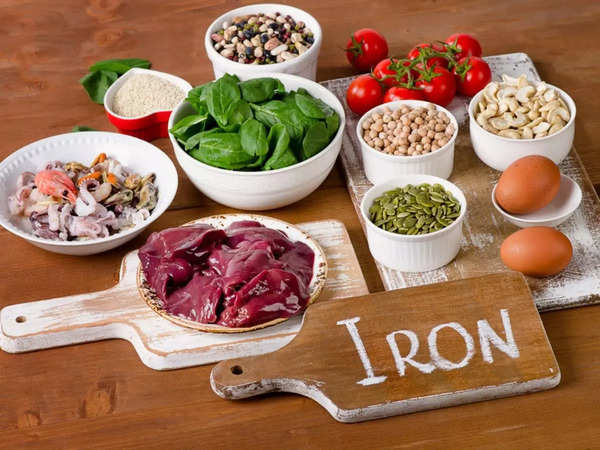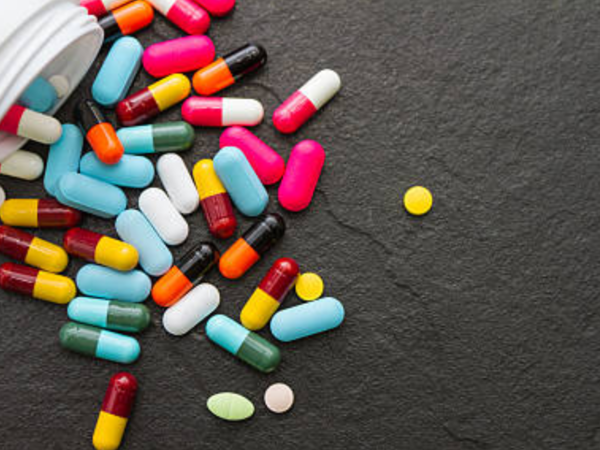
Iron deficiency is a common issue that affects approximately 33% of the US population. As per a study published in the JAMA Open Network, the most vulnerable group is women, children, and individuals with specific health conditions. This mineral is essential for the production of haemoglobin, which transports oxygen throughout the body. Without enough iron, we will experience exhaustion, weakness, and even reduced immune system efficiency.So, how can we raise the amounts of iron?
Know your recommended dietary allowance (RDA)
Knowing how much iron you require each day is extremely important because it varies based on your age, gender, and overall health. For example, women aged 19-50 require about 18 mg of iron per day, mostly because of their menstruation, while men of the same age range only need about 8 mg. Approximately 27 mg per day is required by pregnant women to sustain the growing fetus.
Here are some simple, practical tips to help boost both iron intake and absorption.

Add vitamin C to the iron-rich diet
One of the most effective ways to improve iron absorption is by pairing iron-rich foods with vitamin C. Vitamin C converts iron into a form that’s easier for your body to absorb. Just for an example, if you’re having a spinach salad, squeeze some lemon juice on top or add bell peppers to that bowl. Fruits like oranges, strawberries, and kiwi are also excellent sources of vitamin C that can help increase iron uptake.
Try having a glass of fresh orange juice with your iron supplements or iron-rich meals to maximize benefits.
Be careful with calcium-rich foods
Calcium which is very much essential for bone health, can actually interfere with iron absorption if consumed in large amounts at the same time as iron-rich foods. Calcium and iron fight for the same absorption pathways in the gut, which reduces the efficiency of both. To avoid this, try to keep calcium-rich foods, such as dairy products, separate from those high in iron.
12 Daily Habits That Can Harm Your Health
Include vitamin A-rich foods in the diet
Vitamin A is quite essential to release and make use of the stored iron in our body. Anaemia can result from vitamin A deficiency’s impairment of iron metabolism. We can improve the efficiency with which our body processes iron by increasing the amount of vitamin A-rich foods in our diet, such as sweet potatoes, carrots, and leafy green vegetables.

Limit foods high in phytates
Phytates are compounds that are found in whole grains, legumes, and some seeds that can reduce iron absorption. While these foods are healthy and should be part of a balanced diet, they can reduce the bioavailability of iron, especially non-heme iron (the type of iron found in plant-based sources). To minimize this effect, we can soak, sprout, or ferment grains and legumes, which helps reduce phytate levels and improve iron absorption.
Cook with cast-iron cookware
Did you know that the type of cookware we use can impact our iron intake? Cooking acidic foods, like tomatoes or citrus-based sauces, in cast-iron pots and pans can leach small amounts of iron into our meals which of course results in a boost of iron in our meals. While this won’t meet the daily iron requirements on its own, it can make a noticeable difference, especially for those who are iron deficient.







